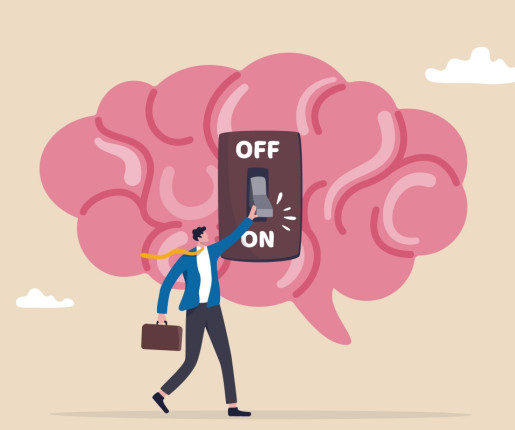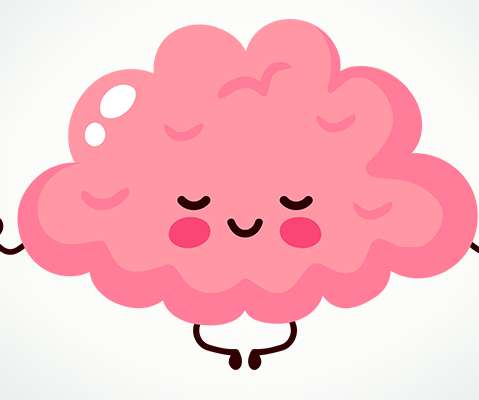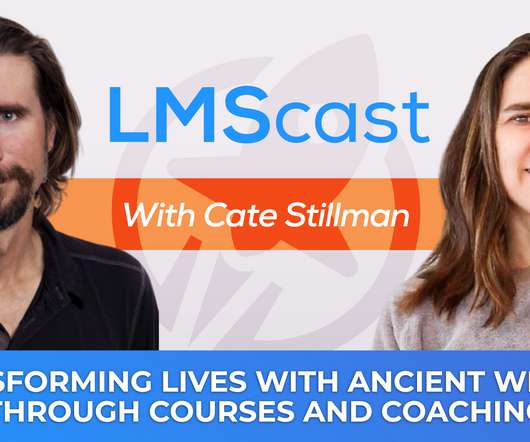How to use Bloom's Taxonomy in Custom eLearning Content Development?
Thinkdom
APRIL 7, 2024
For years, Bloom's taxonomy has helped to transform traditional learning by providing a framework for educators. It helped to develop learning objectives that promote knowledge retention and critical thinking. However, in 2001, it was revised to inculcate modern concepts of learning into the system.







































Let's personalize your content